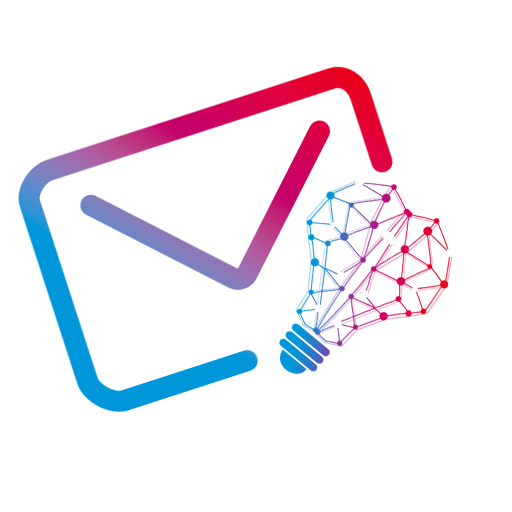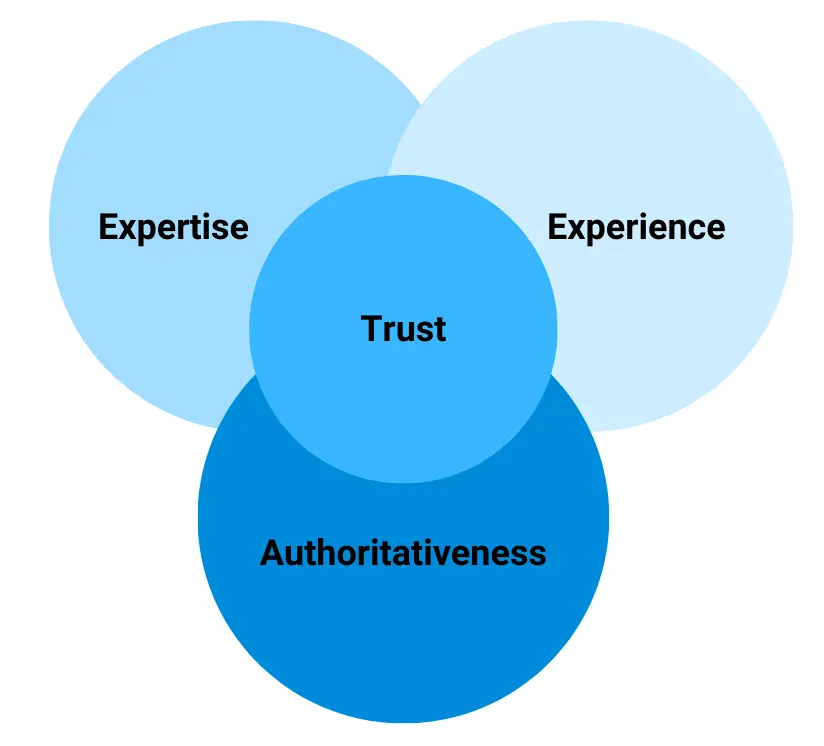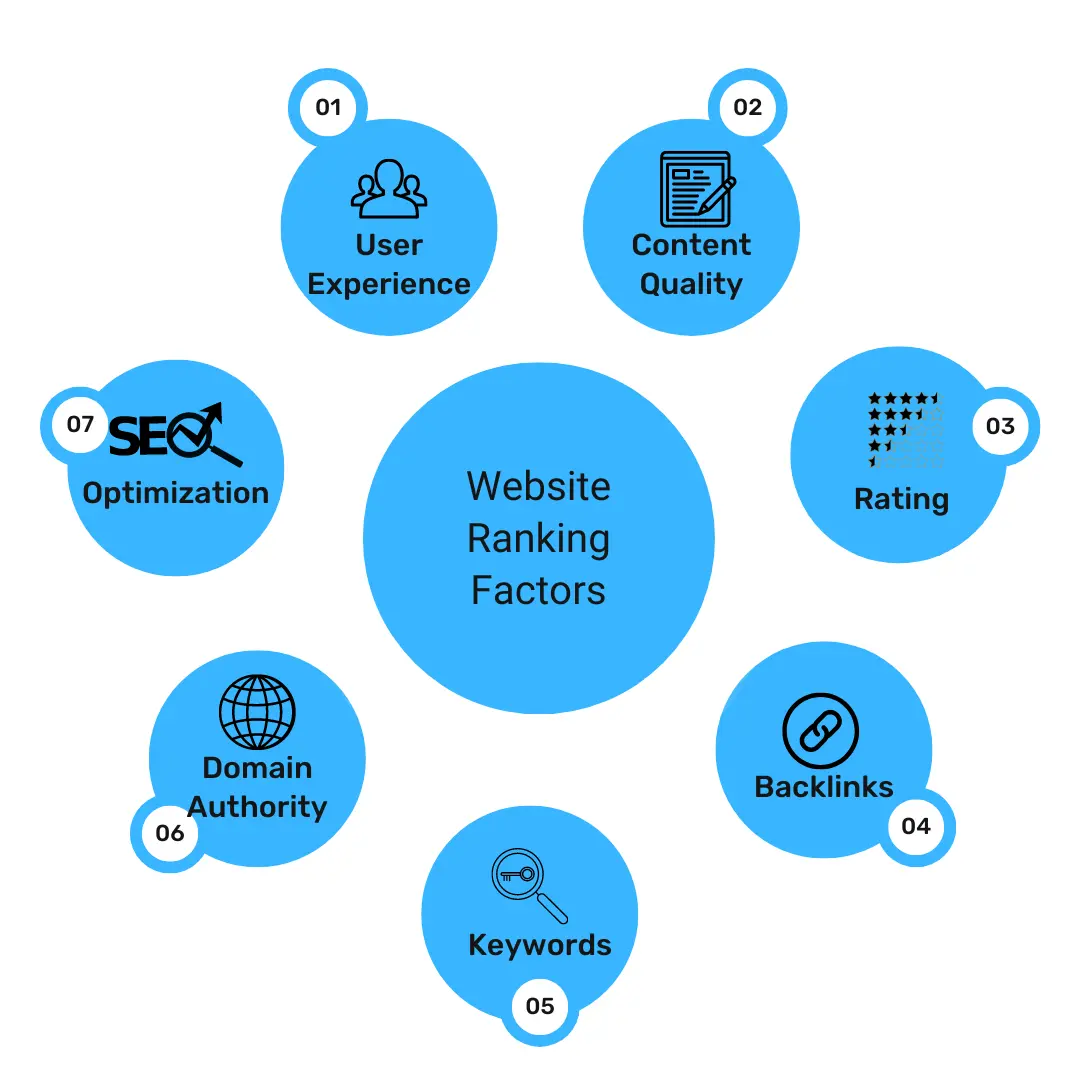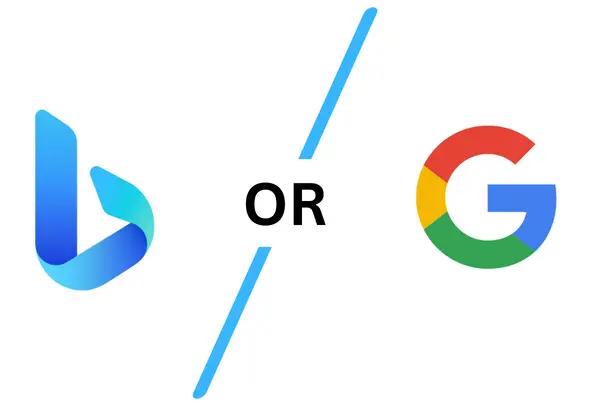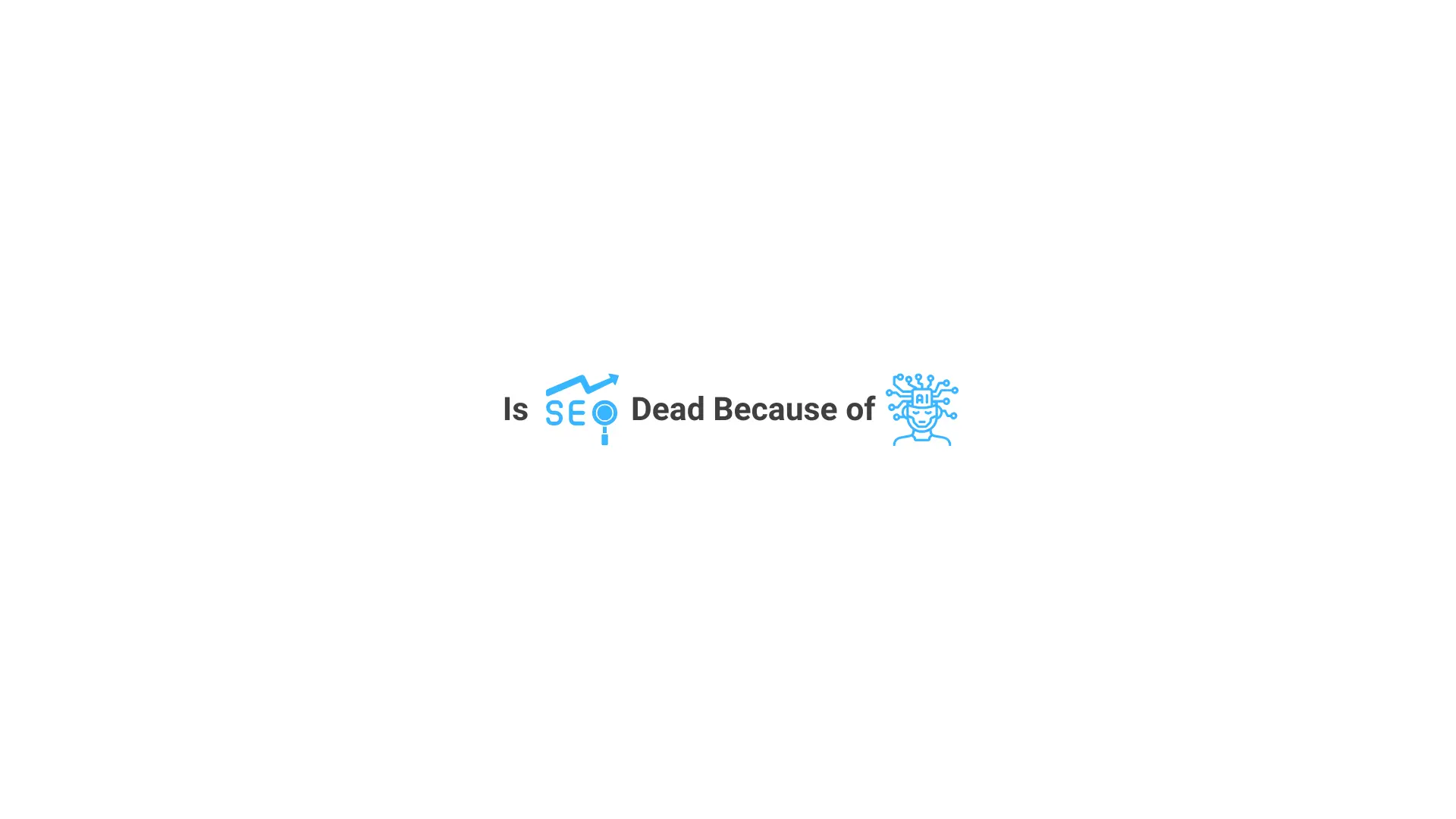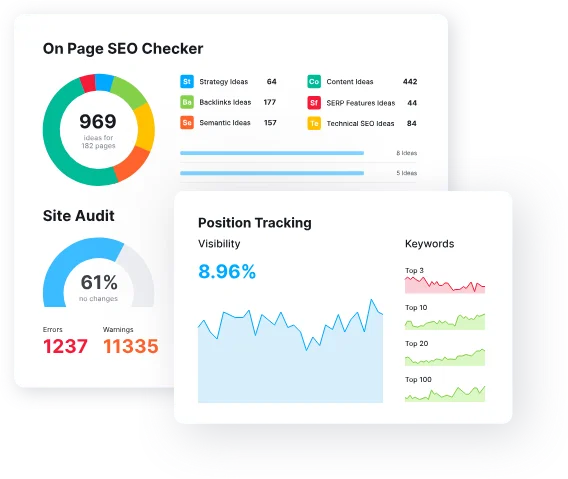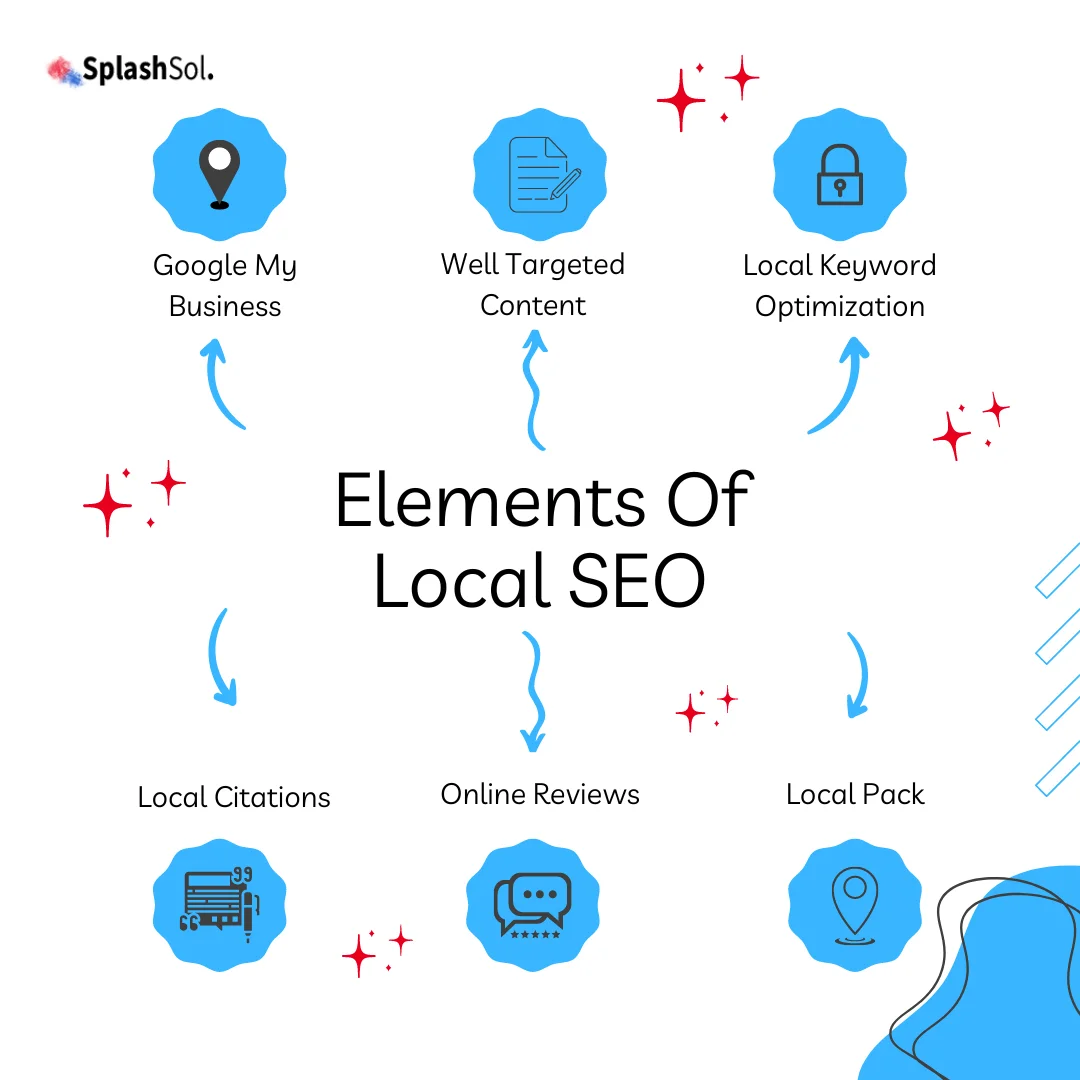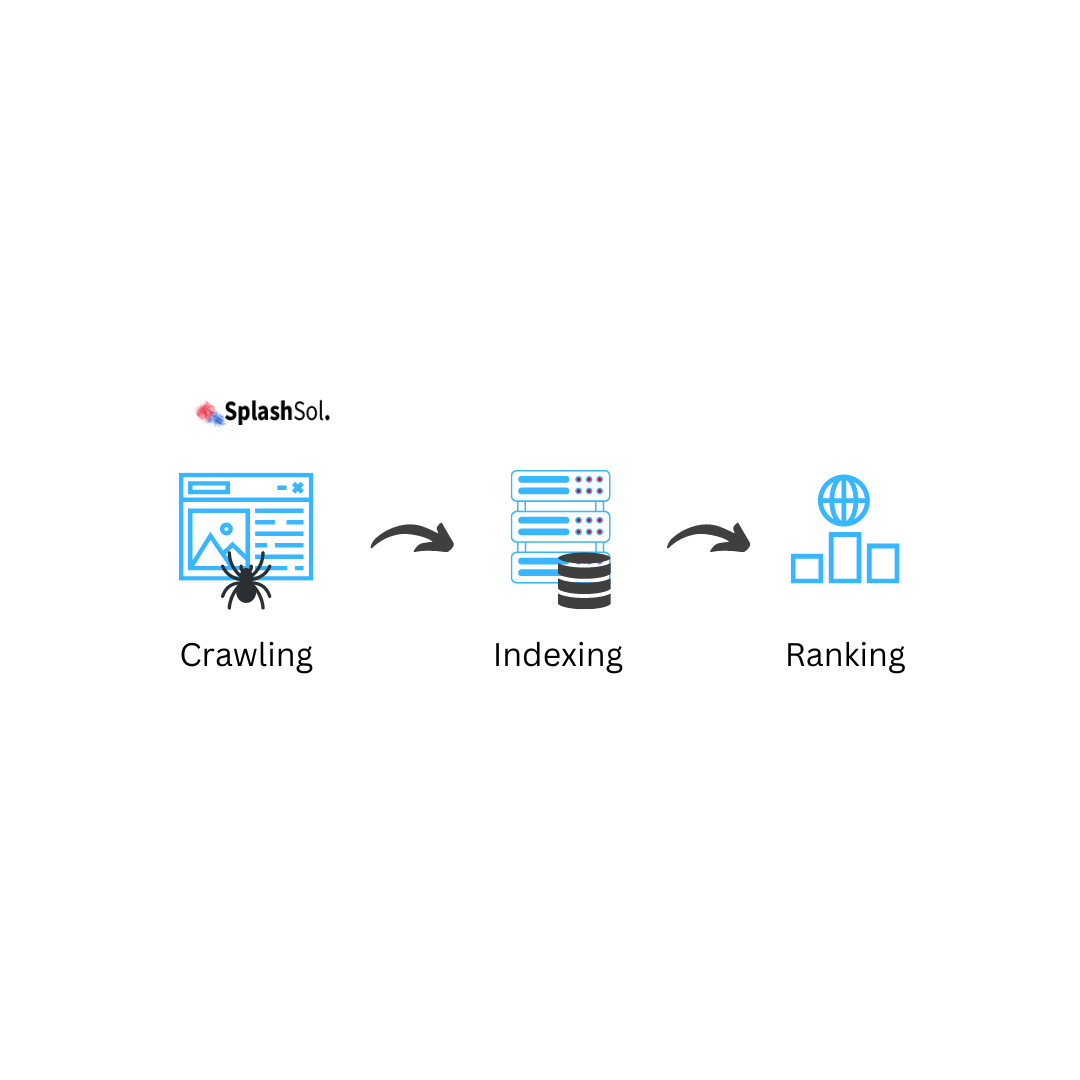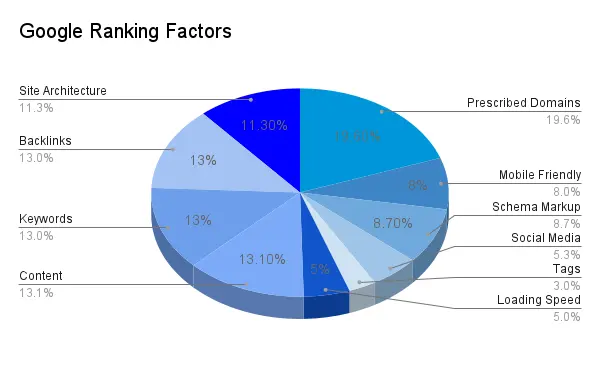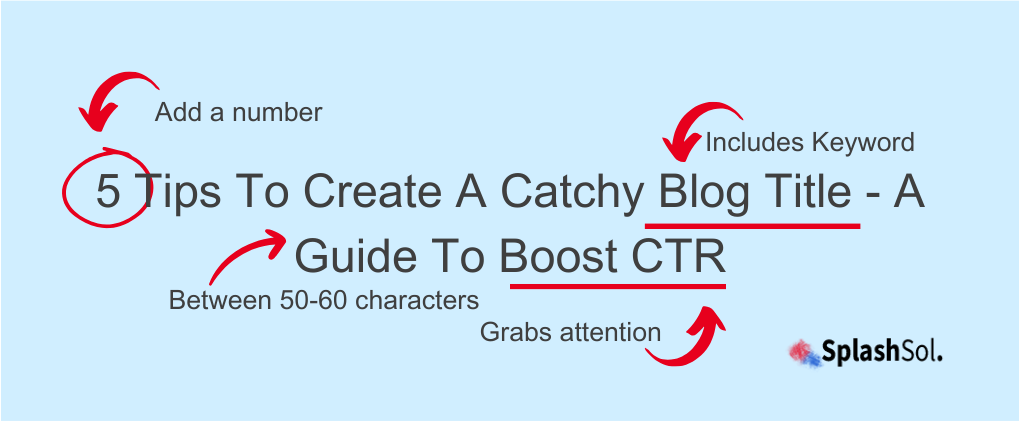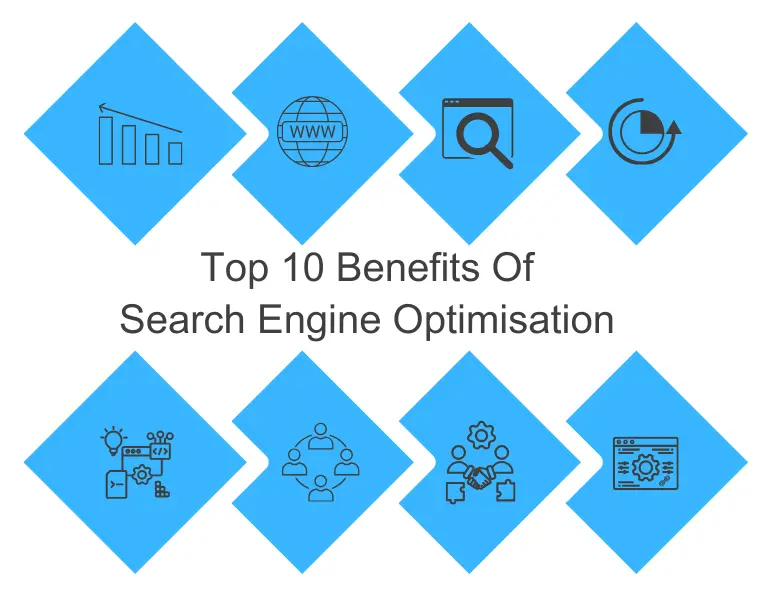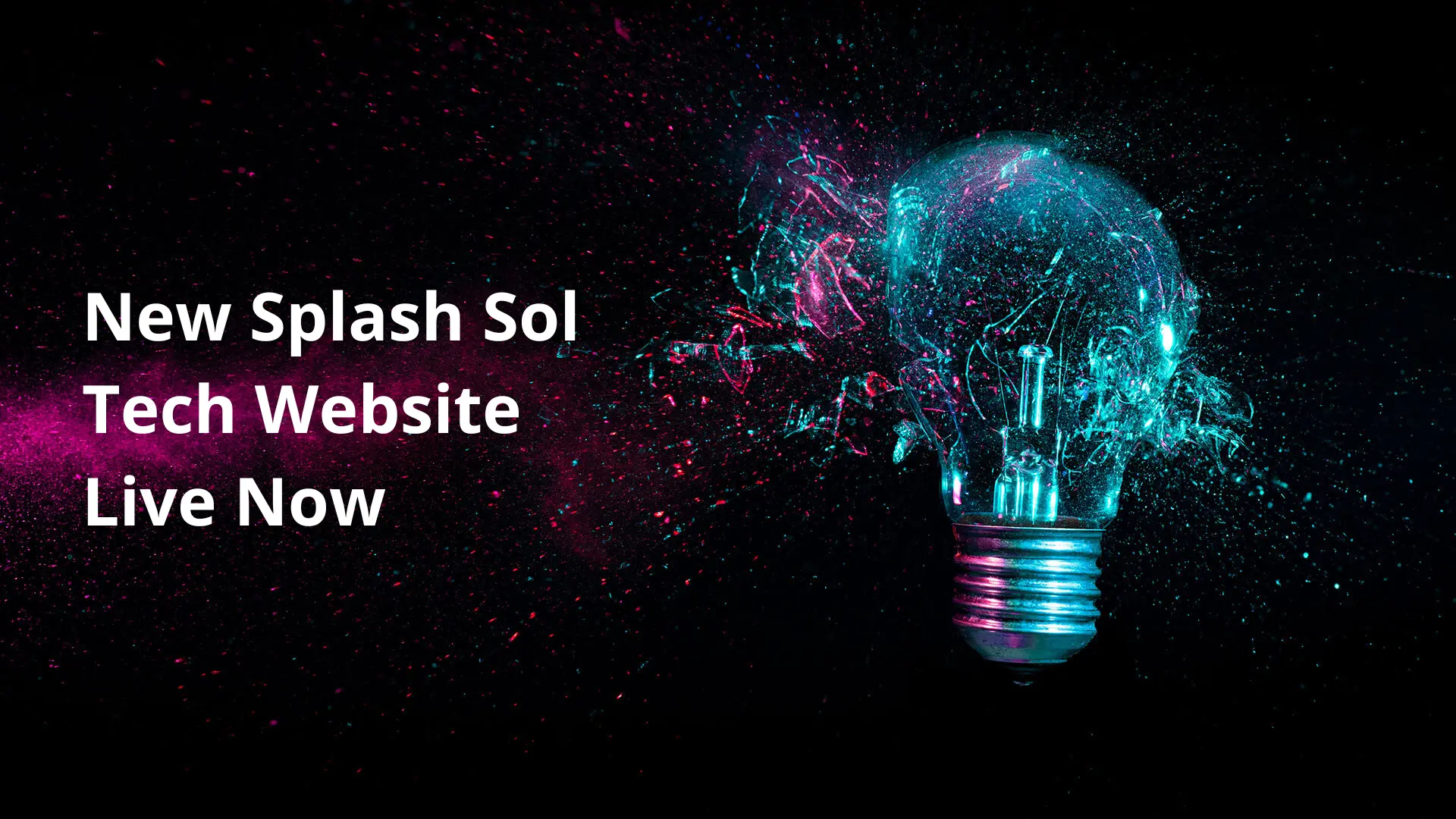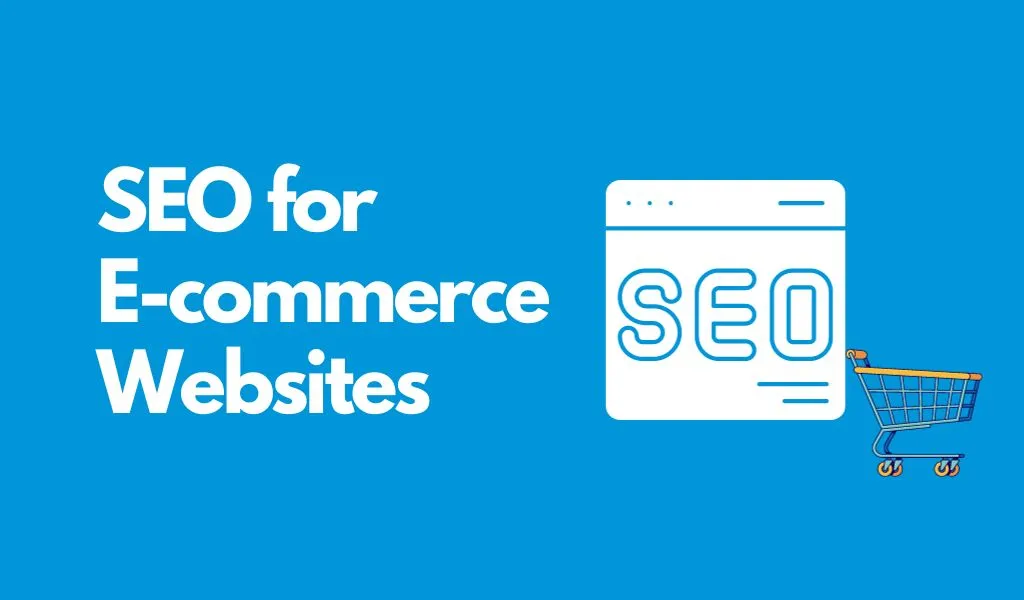The psychology of colours
Colour psychology is a branch of the broader area of behavioural psychology. Essentially, it is a measure of how colours affect human behaviour and responses.
Your choice of colours for the call-to-action buttons, pop-ups, links, quotes, headings and text can substantially affect how your customers respond to your messages. Understanding the colour psychology of your customers will require you to dig deep into their mindset.
For example, not everyone will respond to the blue colour the same way, which means that your decision to go ahead with a particular colour combination may or may not bring about the required results.
This doesn’t mean that you cannot completely overlook the significance of colours towards branding and conversion because several undeniable facts of colour psychology are proven to work.
Considering your visitors take milliseconds to form their buying decision based on your website’s visuals, you would want to make sure that your chosen colour scheme is robust and attractive enough to evoke and uplift moods.
Regardless of the industry in your logo or website you are operating, make sure to spend sufficient time developing the perfect colour scheme for every part of your website. Still, choosing a colour combination for any website or application is an imperfect art, and you cannot guarantee results despite your best efforts.
Continue reading to make colour psychology work in your favour.
The myths about colour psychology
While not many scientific studies have been undertaken on colour psychology, there is substantial evidence available from consumer research. For example, several research studies, including the one published by Neil Patel, confirm that there is indeed a relationship between colour psychology and buying behaviour. This means that choosing the correct colour theme can improve your conversions and profitability.
However, there isn’t a universal formula that can guarantee to affect consumer buying behaviour positively. The choice of colours largely depends on the industry, demographics of the audience, cultural and religious beliefs, and advertising objectives.
Some proclaimed gurus suggest that the same colour will give the desired results without considering the factors affecting the consumers’ buying behaviour. But this is not how it works. Consider taking the trial and error approach to ensure the colour combination that will work for each specific website or campaign.
Where to apply colour psychology?
The significance of colours is emphasized throughout the sales and marking cycle. Whether you are developing a website, designing packaging for your projects, designing the cover of your book, creating software or simply designing your business cards: colours play a key role in influencing consumer mood and behaviour.
The following are the website elements you must keep in mind when choosing the colour scheme for your website:
- Pop ups
- Buttons
- Backgrounds
- Borders
- Headline type
- Hero graphics
- Logo & Branding
- Video
- Product design
- Cover photos
- Social media posts
- Email templates
- Menu bars
- Landing pages
The significance of colour psychology
Colour psychology helps you promote your product or service and enables you to communicate value. Brand value is of critical importance for any business. Selection of the correct colour combination for branding purposes will result in the following benefits.
Lead generation and customer retention
With the right colour scheme for your website, you can get more sales leads, boost email sign-up rates, and improve customer retention rates. An inspiring selection of colours can tempt people to share your brand with friends and family.
Making a lasting impression
A careful selection of colours for your website can have a solid first impression on first-time visitors while fostering the existing clientele.
Clarity of vision
Your band vision and design can get a real boost from the intelligent use of colours for the various elements of the website. Considering the ever-increasing competition on the internet, it is vitally important that your brand speaks the language your target audience speaks, or your product or service will get lost in the sea of competition.
Psychology experts believe there is a deep connection between colour psychology and memories and experiences. This means that if someone had a pleasant experience while wearing a blue shirt, eating a meal on a yellow plate, or driving a yellow car, then the yellow colour will activate their memory.
Want to increase your website traffic by improving the colour scheme? At Splash Sol Tech, we are determined to help you grow your business online. Are you ready to take the step of faith?
Use of colours to enhance conversions
Choosing a colour scheme for a website or any other product can be a daunting challenge because it is not straightforward. There are multiple ways of going about the colour selection process. Each approach is likely to disagree with another. But in general, the colour choices of men and women seem to have some pronounced differences.
According to one research study, women prefer lighter shades of blue, green, purple and red, while men choose darker tones of the same colours.
Many other studies also claim that women are most comfortable with blues, greens, and purples. Orange and red colours are used to trigger positivity and action.
Colours that are known to improve conversions include green, blue, orange, red, and black. On the other hand, the role of gender in today’s society seems to have evolved, which means gender isn’t as binary as it was in the past. So a colour combination that appeals to one gender over another may not be a perfect choice.
Use the blue colour for trust-building
Many studies have revealed the use of blue colour is strongly linked to trust-building. You will find educational institutions and financial organizations use blue. The University of Oxford, University of West Scotland, PayPal, Bank of America, Visa, and many more are using blue in their website colour scheme. While each variant of blue suggests something different, they all symbolize:
- Loyalty
- Honesty
- Trust
- Security
- Reliability
- Validity
These are the typical characteristics we seek in an educational or financial institution. While blue seems to be a universal colour and looks great in all tones and shades, it may not be the best choice for food packaging material. Again, not all research studies agree with this idea.
Yellow signals cautiousness
The yellow colour signals caution. You will find yellow heavily used in traffic signals, warning signs, wet floor signs, parking signs, and more. While yellow is primarily used to show signs, it also emits joy, positivity and warmth.
Various shades of yellow are used for different purposes, even though they all aim to inspire confidence, joy, happiness, fun, recreation, and creativity. For example, the bright yellow colour in the call-to-actions on a website seeks to grab the readers’ attention and instil curiosity in them.
Green for environment-friendly and green products
Over the last few years, we have seen the rise of the organic food and eco-friendly products industry. You might have noticed that almost all websites operating within these two niches use green the green colour because green is associated with the environment, nature and the outdoors.
Many companies are also using green colors for product packaging so people would see their products as eco-friendly and healthy. Green should be the obvious choice for you if your website sells a product or service related to the environment, outdoors, or nature.
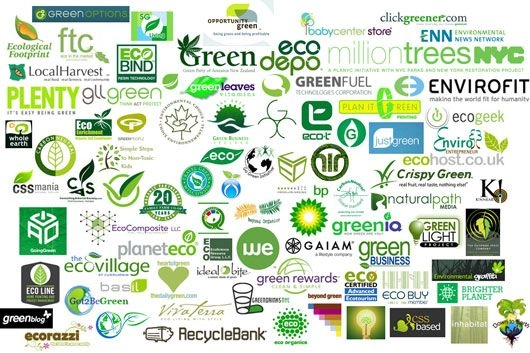
Black and gold equal luxury and class
Black and gold are almost always associated with luxury, elegance, and high-ticket items. Although many experts write off the importance of black for a website, it is frequently used by retailers of jewellery and other luxury items.
In colour psychology, black signifies prestige, power and authority. This shows why brands like Rolls Royce, LOREAL, NIKE and Chanel use black colour for branding.
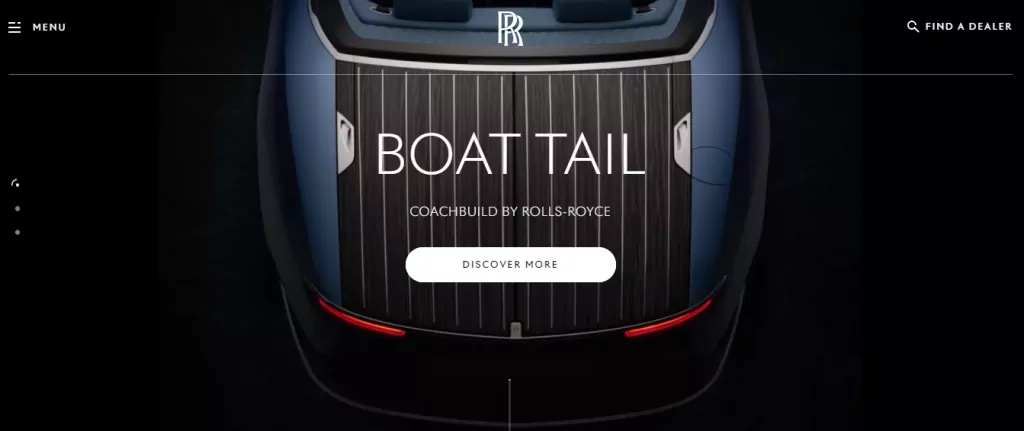
Use of bright colours for improving click-through-rate
Did you know that using bright colours on your website, particularly for the call-to-actions, can dramatically improve your CTAs? While not everyone will agree with this argument presented by various research studies, you will notice many successful brands using bright colours, such as red, blue, green and orange, for CTAs. For example, Amazon uses orange to enhance CTAs.
But, it is not only about the individual colour but also the complete colour combination and colour contrast you choose, keeping in mind the needs of your audience and your brand’s vision.
The white colour psychology
Almost all websites have pure white sections because they enhance the appearance and reduce clutter. You should use white if:
- You want a minimalistic and simple design
- You need white spaces to add contrast and for typography
You may choose to use warm shades of white, such as off-whites like ivory if the pure white colour doesn’t inspire you.
Also read: Top 10 Influencer Marketing Strategies to Get Ahead!
Tips to make the most of colour psychology
If you are looking to update the colours of your website or another IT application, you may not need to start everything from scratch. It may not be possible for you to change the colours of all the website elements, but you can still improve the colours of various elements, such as the email template or the popup. Here are some tips you can consider when implementing colour psychology into your sales and marketing cycle.
- Avoid colour overload – Using too many colours can cause confusion for the visitors and decrease the CTAs.
- Colour psychology is a designer’s issue, so make sure to have your designer’s input when implementing any color changes. Let them dictate the best colours for your project.
- Test different colours. Try a range of colour scheme variations so you can be sure about the one that works for your brand.
- Use psychologically appropriate colours to complement the existing colour
- Always be prepared to change the colours if the current colour scheme is not bringing about the required CTAs.
Conclusion
Many web admins undermine the importance and potential of colour psychology for their websites. Having a suitable colour scheme and colour contrast can strengthen your marketing and branding efforts.
While it is important to have your designer’s recommendation when implementing any colour changes, it is equally essential for the webmaster to participate in the process. Don’t leave the decision entirely down to your web designer.
Only you know what your audience likes and the colours they are more likely to interact with positively. For example, if the issue you are looking to solve is low conversions, you would want to use brighter and more specific shades like orange, yellow, and red.
Finally, it is essential to realize that changing colours on your website doesn’t guarantee the desired results. Each visitor responds to the same colour differently.
Are you looking to implement colour psychology into your website marketing plan? Splash Sol Tech graphic design service can suggest the best colour scheme for your project after carefully analszing your industry, competitors and strengths. You might want to learn about choosing logo colours by industry before moving ahead.


